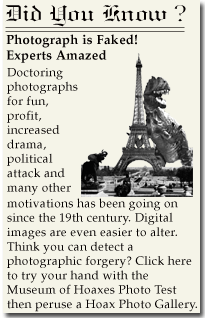Authenticity
The quality of being reliable or trustworthy. Authenticity asserts confidence in a document's identity and content over time, and is a necessary characteristic of digital objects used for legal, financial, medical, scholarly and other purposes. Fixity information is used to verify authenticity.
Fixity
The state or quality of being fixed or unchanged. Since digital objects are easily modified, a mechanism is necessary to maintain fixity over time, or to consciously document when a digital object has been altered. Technologies such as checksums and digital signatures are used to verify that a digital object retains its fixity, which helps maintain the object's authenticity and integrity. Fixity information is a key part of metadata for digital preservation.
Compression
The extent to which the encoded form of a digital object has been modified to reduce a file size for storage, transmission, or processing. Compression can be applied to many different kinds of digital objects, and can be either lossless or lossy. Lossless compression is fully reversible, so when a file is decompressed, it is bit-for-bit identical to its original. Lossless compression is always used for encoded text and may be used for image, sound, video, etc., depending on considerations such as bandwidth, quality, and storage requirements. Lossy compression results in smaller file sizes, but some information is sacrificed in the process. Although the loss may not be detectable to the viewer or listener, multigenerational copying may eventually result in noticeable degradation. Lossy compression is never used for encoded text.

